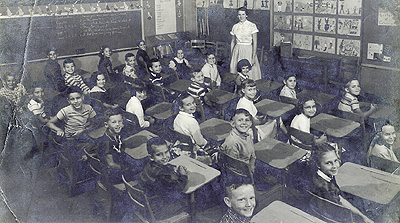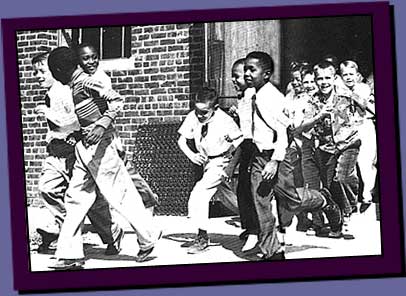Historical
A historical review of the initiation and development of public education
indicates a tiered delivery of education. Access to education was frequently determined by a child's family wealth, social
class and gender. Thomas Jefferson proposed a two track education system with different tracks for the "laboring and the learned".
Public education was promoted to ensure that citizens could read and follow
written laws to maintain a democratic government and support the economic structure of the country. The education was shaped
by the needs of society. From the 1900's to the 1950's public schools served to Americanize an immigrant population and prepare
them for an industrial workforce.
In the 1950's, partially in response to the launching of Sputnik by
Russia, the goal of education shifted. With the race to space, education focused on developing the "brightest students" to
compete in science and math and prepare for college. The American workforce required a better educated worker as jobs
became more technical. The schools responded by placing students in "tracks" of study with a specific outcome: anticipated
college, vocational or general education.



